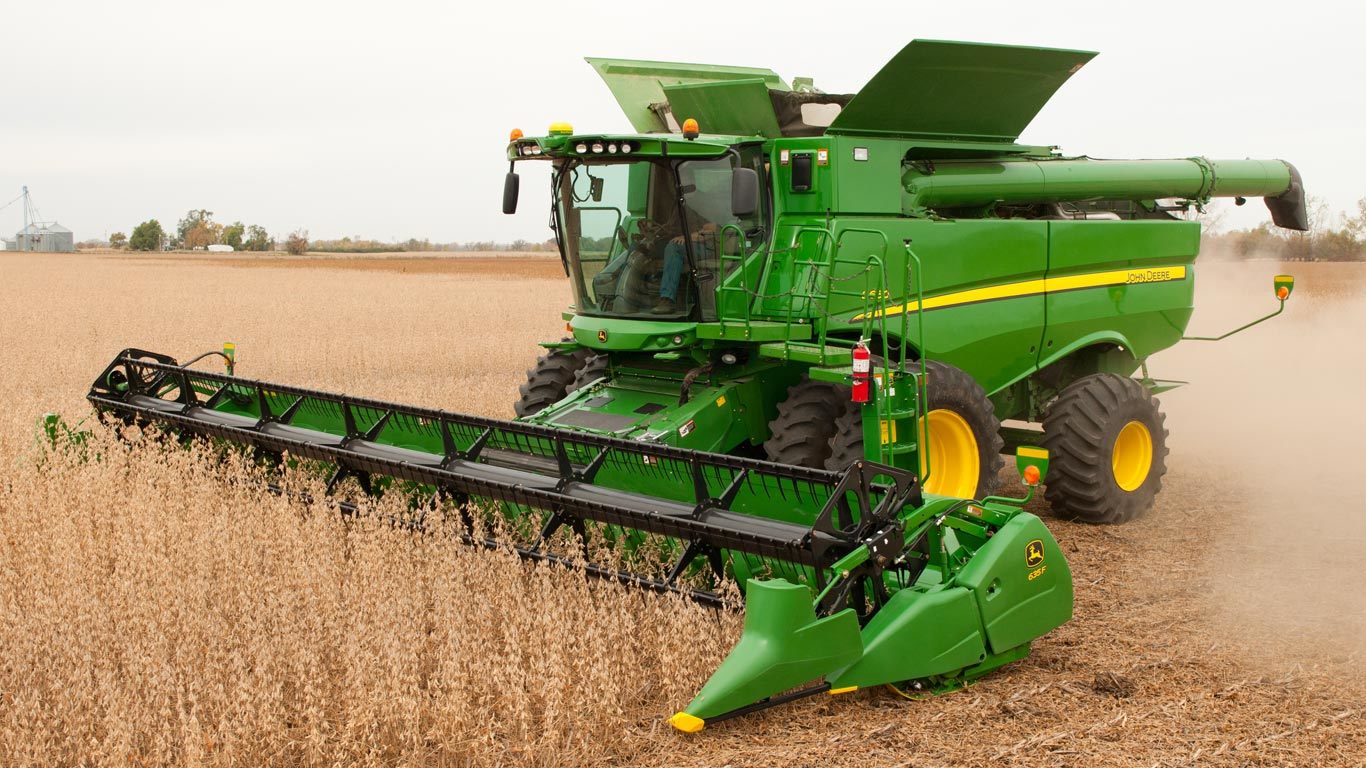Harvesting operations have to occur at a specified time, and we must do it fast. Fuel consumption and field capacity are important factors to consider during the operation. The use of aftermarket John Deere concaves helps the farmer bring the total costs down. India is the largest producer of red gram in the world, with a total area contribution of 80.59%. Attempts to perfect the machine to improve the production with particular emphasis on the cutting and threshing operations began in the 1830s.
Improvement of the Concaves
It was only after the development of the powerful and lightweight internal combustion engines it became possible to do this. The aftermarket John Deere concaves have the best efficiency of harvest in the world. Experiments took place for different field speeds and moisture content. They also calculated the fuel consumption and the losses they incurred during the operation. The speeds of the harvester were 1 KMPH, 2.5 KMPH, and 3.5 KMPH.
The Impact of Moisture
They calculated the moisture content through actual measurement before drying in the oven (wet mass) and after (dry mass). The actual field capacity of the aftermarket John Deere concaves (in hectares per hour) showed increased capacity (0.75) and the greatest fuel efficiency (72.58) for the greatest forward speed (3.5 KMPH). Increasing the ground speed helped increase operational and harvest efficiencies.
Maintenance of the Concaves
Maintenance of aftermarket John Deere concaves after harvest includes cleaning it from the inside and outside. It is normal to find dirt and all kinds of unwanted seeds and debris that could damage the electric components of your harvester. When you begin inspection of the interiors, the first thing to do is to replace the worn-out seats and upholstery panels in the cabin. Inspect the stripping of the door and window to see that there is a snug fit. This will prevent debris and dust from entering the cab and keep the insides clean.
Protect the Exteriors
From the outside, give your aftermarket John Deere concaves a pressure wash to remove grime and debris. Grease all metal surfaces and fittings to keep them free from corrosion and rust. Wax the interiors and give it a coating of protection from UV rays. Inspect the lights to see if they are working well. Check the LED lights because they offer clear visibility. Check all the belts from time to time and replace old ones.
Inspect the Straw Chopper
Go through the straw chopper to check the rotor, shell, knives, and hammer. Do you see a shake anywhere or is it balanced well? If there are issues, get them fixed immediately. The chains on the feeder house along with the elevator chains are next. Check them for abrasion and tightness. You will do well to replace these chains every two years. See whether the feeder house has any damage.
Look at the significant parts such as conveyor auger bearings, concave, cylinder bars, and unloading augers. Use high-quality Qpp belts to replace worn-out ones.

